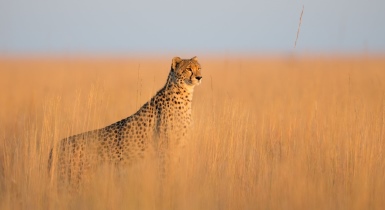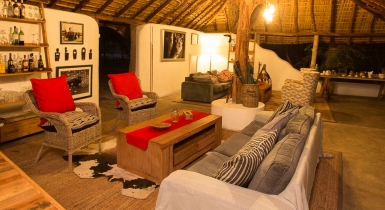Liuwa Plain National Park
Zambia
Liuwa Plain National Park
Liuwa Plain National Park is Zambia's most remote and little-visited safari park, yet also among its most rewarding to explore. Situated in the far west of the country, this small park offers spectacular wild dog and leopard sightings, and a complete escape from the crowds.
Zambia safari
All your arrangements worked perfectly... Thanks again for your efforts to give us a very memorable trip.
Featured itineraries

Lower Zambezi and Liuwa Plain
10-night guided safari visiting Zambia’s wildest and most remote wilderness parks, the Lower Zambezi and Liuwa Plain, including a 5-night stay at the fabulous King Lewanika Lodge.
Destination
- Zambia
Experience
- Safari and Wildlife Holidays
- Honeymoons and Weddings
Price on application
Read more
Accommodation

Matamanene Camp
Matamanene Camp is the only permanent safari camp in Liuwa Plain National Park. Originally set up as a rangers' camp, it's a remote bush camp with space for only eight guests, set in the heart of one of Africa's wildest safari parks.
Read more
A successful Kilimanjaro summit climb
A quick note of thanks for what was a superb, once in a lifetime experience, very well organised and executed.



